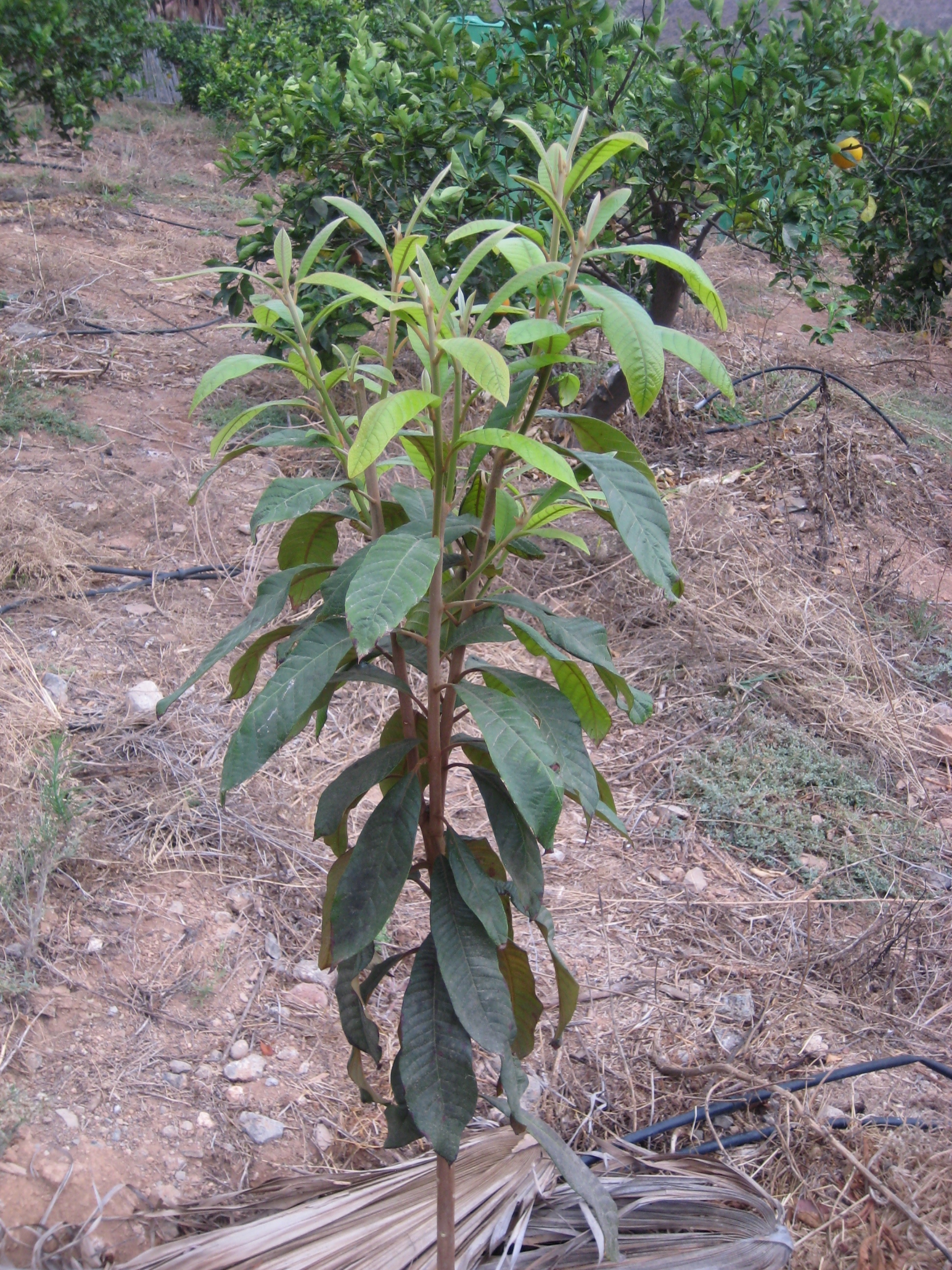Green sapote
(Pouteria viridis)

Description
Pouteria viridis is a species of flowering plant in the family Sapotaceae known by the common name green sapote. Other common names include red faisan, white faisan (Belize), zapote blanco, zapote rojo, zapote de castilla, zapote de montana (Costa Rica), zapote verde, zapote injerto (Costa Rica, El Salvador, Honduras), injerto verde (Guatemala), zapotillo calenturiento (Honduras), zapote amarillo, zapote mico, zapote real (Nicaragua), chulul (Mexico), yashtul, mameicito (Spanish language), chul (Mam language), ixulul (Jacalteco), raxtulul (Poqomchi' language), tulul (Tz’utujil language), and sapota zalená (Czech). This plant is a tree usually growing 12 to 24 meters tall, but known to reach 40 meters. It is deciduous or evergreen. The young branches are coated in brown hairs. The leaves are borne in clusters at the ends of flowering branches and alternately arranged on non-flowering branches. They are somewhat lance-shaped with smooth edges, and measure up to 25 centimeters long by 7 wide. The undersides are hairy to woolly. The inflorescence is a fascicle of 2 to 5 flowers. The flower is tubular, about a centimeter long, and whitish or pinkish in color. The fruit is up to 12.5 centimeters long by 8 wide. It has a green or yellow rind, sometimes tinged reddish brown, and a brownish orange or salmon-colored flesh. The fruit contains one or two large, shiny brown seeds, each up to 5 centimeters long.
Taxonomic tree:







